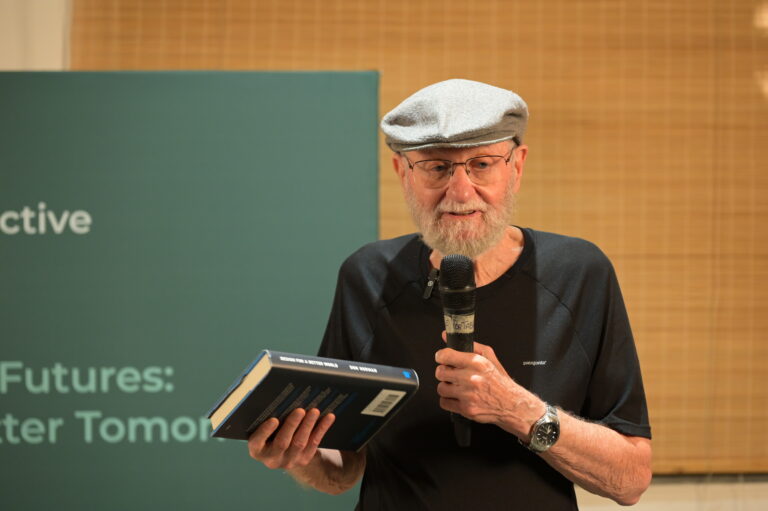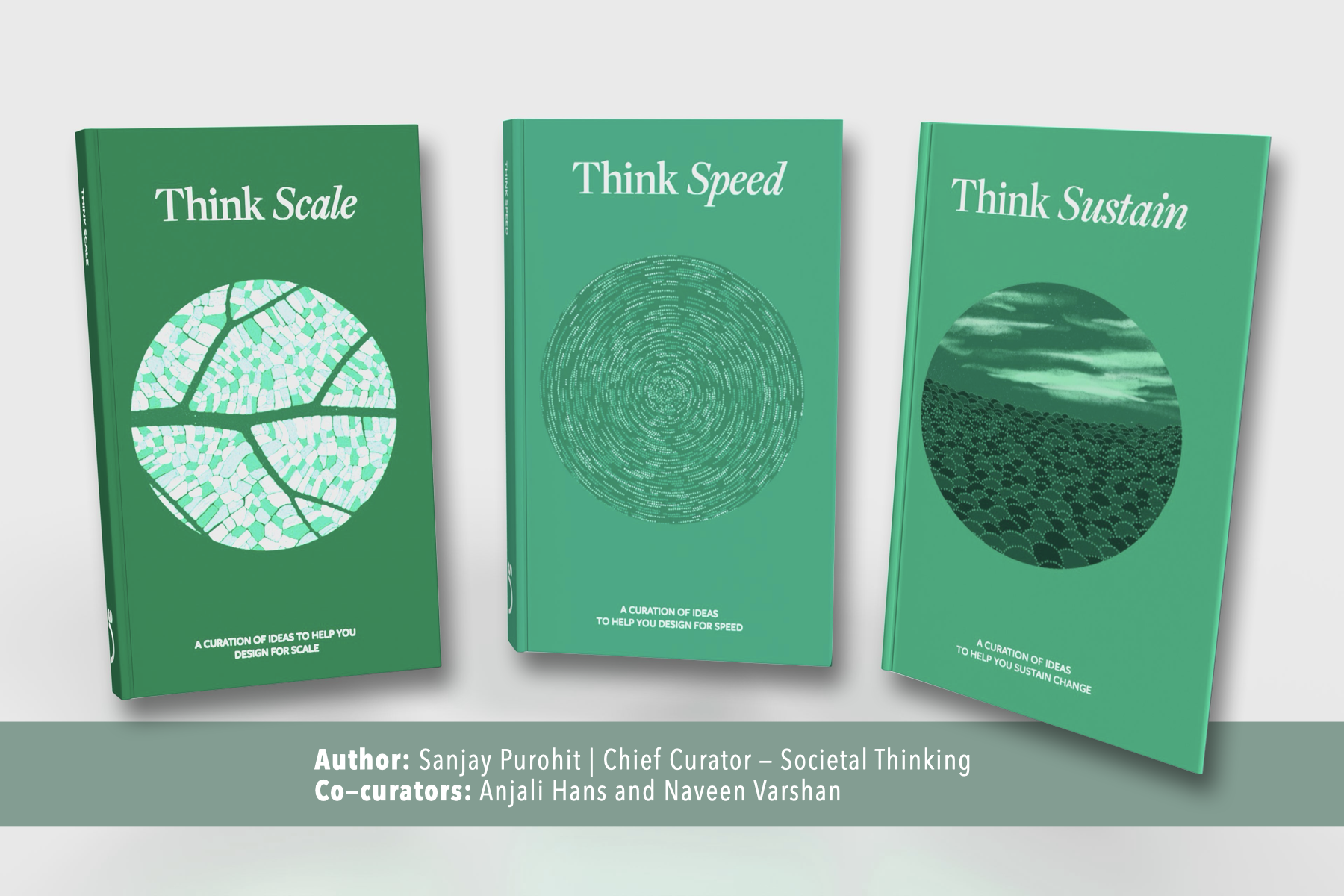“The problem is massive, but massive projects will fail.”
– Don Norman, Design for a Better World
Something unbelievable happened recently. I met Don Norman. If the image of a red coffee pot suddenly popped into your head, you’re right. Don is the man behind reimagining the design of everyday things, he is the man who gave us UX, he is the man who championed designing for emotional connection (humanity-centred design) and not just utility. Most of all, Don is a man of many ideas, many stories and even more excitement to share them all – an opportunity I had to witness at ‘Reimagining Futures: A conversation with Don Norman and Sanjay Purohit’ hosted by Think Collective.
While Don has been most of our introduction to human-centred design – a way of solving problems anchored in the needs, perspectives and lives of real people – he started his conversation with us, young leaders, by telling us everything we’ve learnt from The Design of Everyday Things is WRONG. Everyone in the room gasped and giggled nervously. Were my ears ringing? Was Don messing with us? Picture it – 50 young folks sitting cross-legged on the floor, looking at each other bewildered. Thankfully, he allayed our confusion. What’s wrong, he told us, “is all the things that are not in the book. I talk about all the wonderful devices and how to make them understandable but I don’t talk about the fact that we destroyed the environment to get the wonderful materials from which they’re made.” Don spoke about moving beyond designing for just humans and taking into account the larger systems and ecosystems of the world. Designing for the long term is about leading with a humanity-centred design/approach (keeping humanity at the centre).

In a world with 8 billion people, it’s impossible to avoid the sheer scale and complexity of problems, especially when it comes to what is most important to lead a meaningful life. What it takes to solve these problems, according to Don, is a new way of thinking. First, it takes appreciating these problems as intersectional. For example, for one school, learning outcomes may be low because teachers lack opportunities to learn and upskill. For another, this may be because children drop out to work at young ages. Second, it takes co-creating with the people rather than for them.
While listening to Don Norman, I was reminded of this quote from Think Scale: “We don’t know what works at scale because we deal with a million small (micro) problems. We must design such that people can solve micro problems in their context. Our job is to restore their agency to solve.” He spoke about investing in the power of the small (humanity-centred design) – enabling people to make small changes – for transformation.
It led me to wonder: At a time when the world is faced with multiple crises (the biggest and most existential being climate change), what would it look like to solve the problem with the problem, not just its symptoms? What would it look like to move to a better equilibrium, together? What would it look like to sustain change?
Here are the pathways to get there that opened up for me:
- Co-create: Designers are facilitators and enablers for communities to see, sense and solve the problems they face. Instead of creating a solution and focusing on its adoption across diverse contexts, what if we could design to support communities to co-create with and implement the solutions that serve them best? This ensures both easy adoption and the needs of communities being met.
- Think of design/tech as a tool, not the solution: Complex problems need actors across many disciplines such as economics and politics, and across society such as civil society and governments to come together and solve. Design and/or technology are a component of this solving. Don Norman said, “Design is worthless unless you implement and execute it. Design has no meaning unless you get it out into the world.”
- Do-think-do: Make a small +1 change to tackle the one big problem. Keep learning and iterating to make sure it works better and better for communities and ecosystems on the whole. Don mentioned that we know a design works only once it has been implemented and we see the improvements it has made. Sometimes, as designers, we build things we like and end the process there. Instead, what if we could keep taking feedback and improving our design?
In the 21st Century, the way forward seems to be a world where diversity is celebrated as a powerful tool for creating multiple better futures. After all, a world that’s better for everyone has to be designed by everyone.
Stay tuned for a recording of Don’s conversation with young leaders. Stay in touch with the conversations and gatherings we host by joining Think Collective.
 Back
Back


